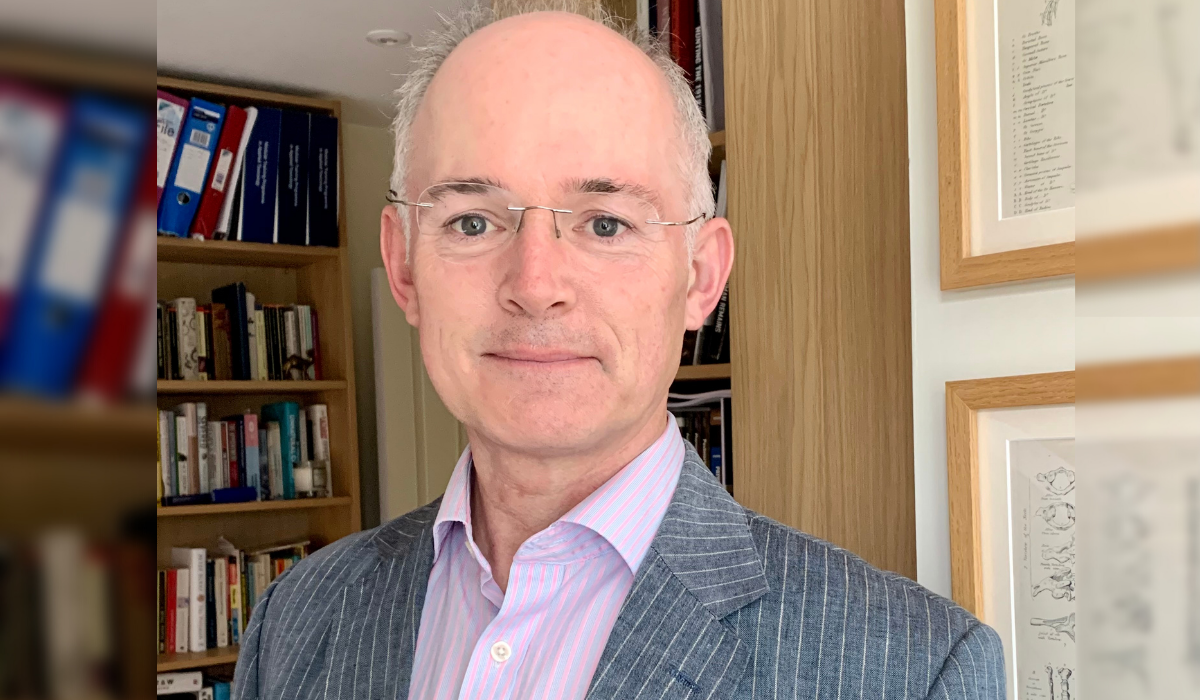Richard, Lucy Fellow, looks forward to developing collaborative research projects with a medico-legal focus
Dr Richard Lloyd, Lucy Fellow, has been appointed as a Visiting Fellow at Cranfield Forensic Institute. Part of Cranfield University, and catering exclusively for postgraduate students in the sciences and technology, the Forensic Institute was originally situated at the Defence Academy of the United Kingdom, in Oxfordshire, but has recently been re-housed in purpose-built premises at the main Cranfield University campus in Bedford. The Institute carries out much forensic casework on behalf of a number of police forces, government bodies, as well as commercial and private clients, and has recently received a £7.2 million investment, providing the latest forensic equipment for teaching and research purposes, thereby enhancing its position as an international player in a wide range of forensic disciplines.
Richard comments:
"I am delighted to have a formal association with Cranfield Forensic Institute. The medico-legal focus of the Institute's work very much compliments the work of the Human Anatomy Centre in Cambridge, and I am looking forward to developing collaborative research projects of mutual interest.”
Here at the University of Cambridge, Richard manages the Human Anatomy Centre, and teaches Anatomy on the standard and graduate-entry medical courses. His research background is in post-mortem forensic toxicology and osteology, and he is very much looking forward to developing collaborative projects between Cambridge and Cranfield, especially now that both institutions are geographically relatively close to each other. One particular area of interest he is hoping to develop is in the forensic identification of skeletal remains. It is known that age-related architectural changes occur in certain bones in the body. These changes can be used to estimate the age of unidentified remains, although current methods carry with them significant degrees of imprecision. The Human Anatomy Centre, however, has access to large skeletal collections, and it is envisaged that collaborative work may lead to improved methods, utilising technological optical recognition, that will assist in the identification of human remains of forensic interest. Through the Visiting Fellowship, furthermore, Richard hopes both to encourage and to enable collaboration between the students of both institutions.




